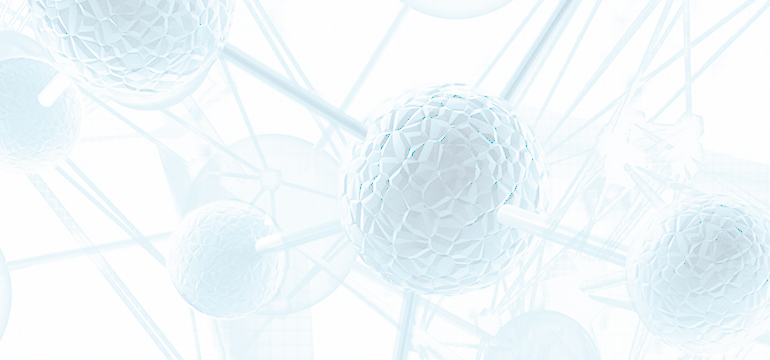

Magnet, Low Temperature, and Optical Facility
Technological Institute, FB24
Cook Hall 1034
Facility Directors:
John B. Ketterson, Physics & Astronomy Department
Nathaniel Stern, Physics & Astronomy Department
Facility Manager:
Carla Shute
c-shute@northwestern.edu
(847)467-1671
The Magnet, Low Temperature, and Optical Facility (MLTOF) maintains various magnet, cryogenic and optical instrumentation. The systems support several different measurements performed over a wide range of magnetic field, temperature, and frequencies, including magnetization and magnetic susceptibility, microwave absorption, electrical transport, optical absorption, photoluminescence, pump-probe studies, and Raman spectroscopy.
MLTOF manages two major cryogenic measurement platforms, a Quantum Design Dynacool Physical Property Measurement System (PPMS) and a Quantum Design Magnetic Property Measurement System (MPMS). These are standard systems for electrical and magnetic characterization made available to the user community. These instruments are commonly used to support research in the fields of materials science, electrical engineering, chemistry, and condensed matter physics. The hallmarks of these instruments are automation and ease of use, allowing simple automated data acquisition 24 hours a day across temperature and magnetic field environments. In the case of the Dynacool, there is no liquid helium cost, making the system readily available for users to with immediate, routine, or long-term measurement needs.
To learn more about these capabilities, contact the facility staff or request training in NUCore: https://nucore.northwestern.edu/facilities/mltof
Equipment:
The user instrumentation below is available in NUCore for training and reservation.
- Quantum Design Dynacool Physical Property Measurement System (Dynacool PPMS):
The Dynacool PPMS is an easy-to-use flexible platform for measurement material properties over a wide range of temperatures and magnetic fields. The Dynacool PPMS is cryogen-free, allowing for user-friendly automated operation and continuous measurement without the cost of liquid cryogens. The temperature range is 1.8 K – 400 K and applied magnetic field range is -9 T – 9 T. Currently available options include AC and DC electrical transport and a vibrating sample magnetometer. There is also an electrical breakout box for user-defined signals, probes, and measurements.
- Quantum Design Magnetic Property Measurement System (MPMS5):
The MPMS provides the exceptional sensitivity of a SQUID-based magnetometer in a fully automated, analytical instrument. It provides a much needed solution for a unique class of magnetic measurements, meeting the needs of research in key areas such as high-temperature superconductivity, biochemistry, and magnetic recording media. This system was upgraded in 2004 by the addition of a horizontal rotator option and an “oven” insert for high-temperature measurements. This instrument can measure DC magnetic susceptibility and magnetic moments on samples as small as a few milligrams. The field range is -5.0 T to 5.0 T and temperature range is 1.8 K to 700 K. The magnetic measurement range is 10-7 to 100 emu with an absolute sensitivity of 10-7 emu.
- Andor Shamrock 303 mm focal length Czerny-Turner spectrograph and DU420A-BEX2-DD
thermoelectric cooled camera:
This is a standard spectrograph with an attached camera for general spectroscopy. It has a fiber coupled input. The spectrometer is not a complete standalone luminescence or spectroscopy system, but it can be reserved for use in a user experiment. The system is mobile and can be moved to an optical setup for use with a user’s own excitation source and measurement configuration.
Additional Instrumentation:
In addition to the active equipment available for reservation in NUCore, MLTOF houses legacy instrumentation to support material characterization, including cryostats, a nanovoltmeter, constant-current sources, and constant-voltage sources. Additional optical resources include an EKSPLA PL2143SS picosecond pulsed laser, a Millennia V 532 nm laser, and a Kimmon Koha IK5451R-E Helium Cadmium Laser. This instrumentation has in the past supported measurements acoustic propagation, microwave absorption, electrical transport, optical absorption, photoluminescence, pump-probe studies, nonlinear optical properties, and Raman spectroscopy.
These resources may be available to aid research on a collaborative basis, although they are not currently broadly accessible to the general user community.
